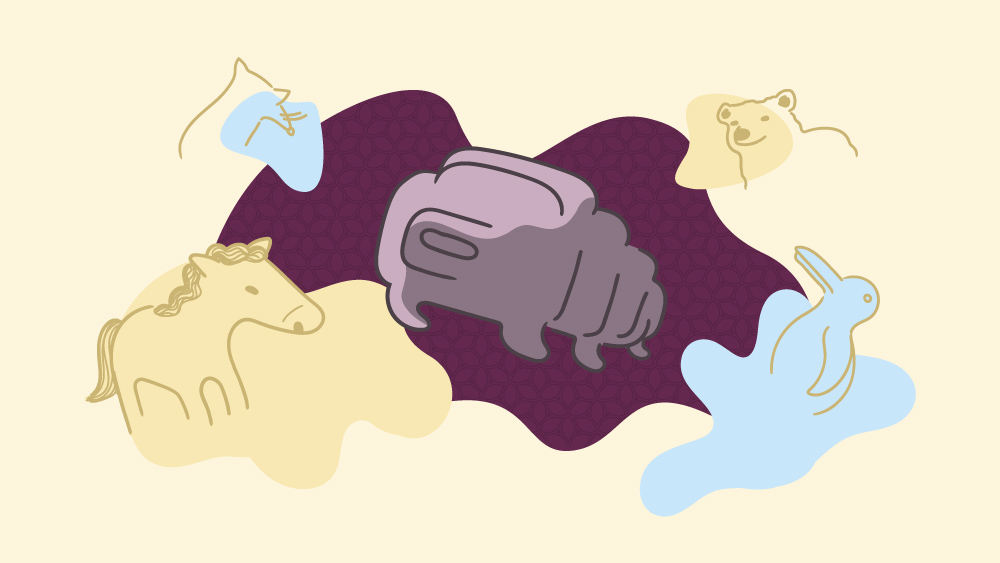
There has been no shortage of amazing science stories in 2020, a year where so many scientists have been working in overdrive focused on the pandemic. Everyone working hard to understand SARS-CoV-2 deserves recognition, but we thought we would take a lighter approach and share five favorite non-pandemic stories from throughout the year. Hint, they are all about animals.
Rats Put Others Ahead of Themselves By Giving Up a Favorite Treat to Keep From Hurting a Stranger
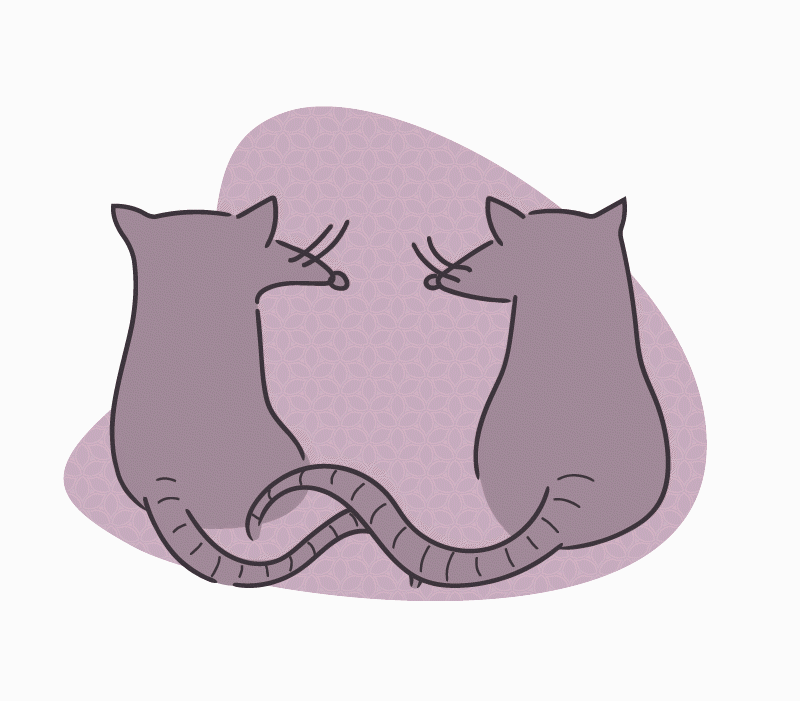
Perhaps calling someone a “rat” is more of a compliment than an insult. We have written about the surprisingly cool characteristics of rats before, but a study published in Current Biology in March (1) suggests it is time to finally retire our vision of rats as horrid, filthy, vicious, disease-carrying vermin, and recognize that these creatures are closer to human than we’d like to admit. The study by researchers from the Netherlands found that rats would give up a favorite treat if collecting it caused another rat—even an unknown rat— distress. The rats, trained to collect a sugary treat by pressing either of two levers, developed a preference for one of the treats/levers. When pressing their preferred lever resulted in another rat receiving a mild electronic shock, the rats would switch to the less preferred lever.
At least most rats exhibited this ‘harm-aversion’ behavior. Much like people, there was a range in the level of empathetic responses from the rats. Some rats stopped selecting either lever. Some rats continued to choose their favorite treat. Imaging of rats’ brains have shown that the same region of the brain that is associated with empathy in humans contains emotional mirror neurons, which map pain experienced by another rat onto the witnessing rat’s own pain neurons. When activity in this region was reduced, the rats stopped avoiding the lever that resulted in the discomfort of their neighbor.
This behavior in rats shows that harm-aversion behavior is deeply rooted in the biology of our brains and shared with other animals. Ultimately, it could help us understand how empathy develops (or doesn’t) in people. We also think it puts to rest the idea that rats are the selfish villain they are so often portrayed to be.
Jackass Penguins Talk Like Humans
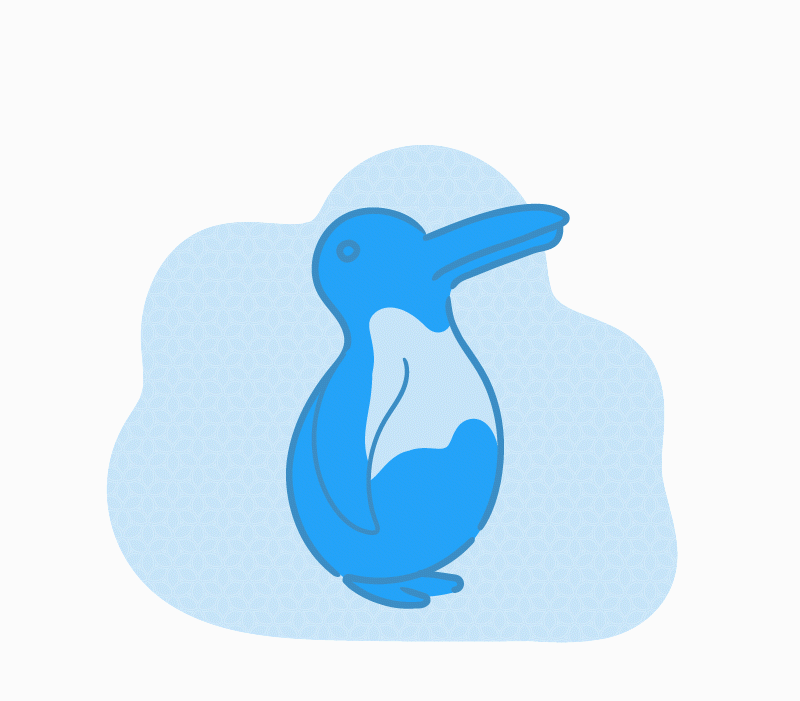
Jackass penguins (a.k.a. African penguins, but that’s not as funny to say) earned their nickname not for any negative personality traits, but rather their braying, donkey-like calls.
A study published back in February found that their distinct vocalizations follow some of the same rules found in human languages. Similar to people, jackass penguins use shorter sounds more frequently than longer ones and also use shorter sounds to create longer calls to convey information.
These findings indicate that certain elements of communication may be widespread across the animal kingdom. In general, vocalizations that animals use to communicate lack many features seen in human language, like syntax and semantics, but there is evidence of some non-human primates, like chimps and macaques, obeying some of the same rules that govern human speech. Jackass penguins are the first studied animal beyond primates that appear to follow some laws of human linguistics.
Kurt, the World’s First Cloned Przewalski’s Horse Was Born
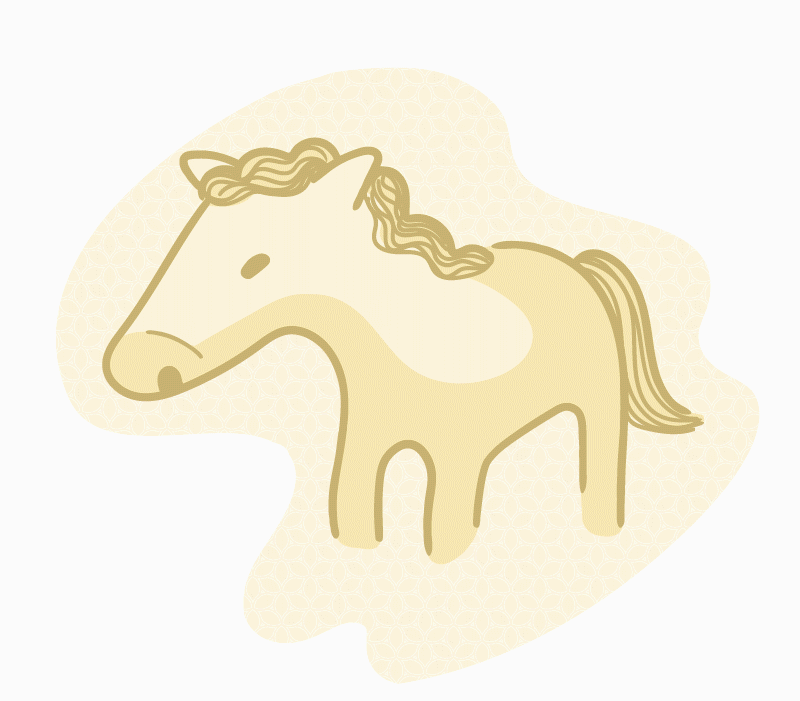
On August 6, 2020, the first successfully cloned Przewalski’s horse was born at the Texas-based veterinary facility, as a result of the collaborative efforts between Revive & Restore, San Diego Zoo Global (SDZG), and ViaGen Equine. The foal was affectionately dubbed Kurt in honor of Dr. Kurt Benirschke, a noted animal conservationist, and he’s as adorable as he is vital to restoring the genetic diversity to his species.
Przewalski’s horses, considered to be the last truly wild horse species, experienced a rapid decline throughout the early- to mid-1900s—by the 1950s, only 12 individuals in captivity remained. Thanks to careful and intensive breeding programs, the horses have appeared to make a significant comeback, with nearly 2,000 total living individuals existing today and an estimated 500 of those roaming freely back in the wild. However, the species is not completely out of the woods in their recovery, due to a significant lack of genetic diversity.
Kurt was born via a domestic surrogate mother, using a interspecies cloning technique that fuses the cellular nucleus of a cell line of a Przewalski’s stallion that has been cryopreserved for the last 40 years. The hope is that as Kurt matures into the world’s first cloned Przewalski’s stallion over the next five to ten years that he will successfully mate, contributing to the genetic diversity of his species and, ultimately, to the future of conservation innovation.
You can learn more about Kurt and this groundbreaking milestone for conservation and genetic rescue in this blog post!
Does a Bear Wander in the Woods?
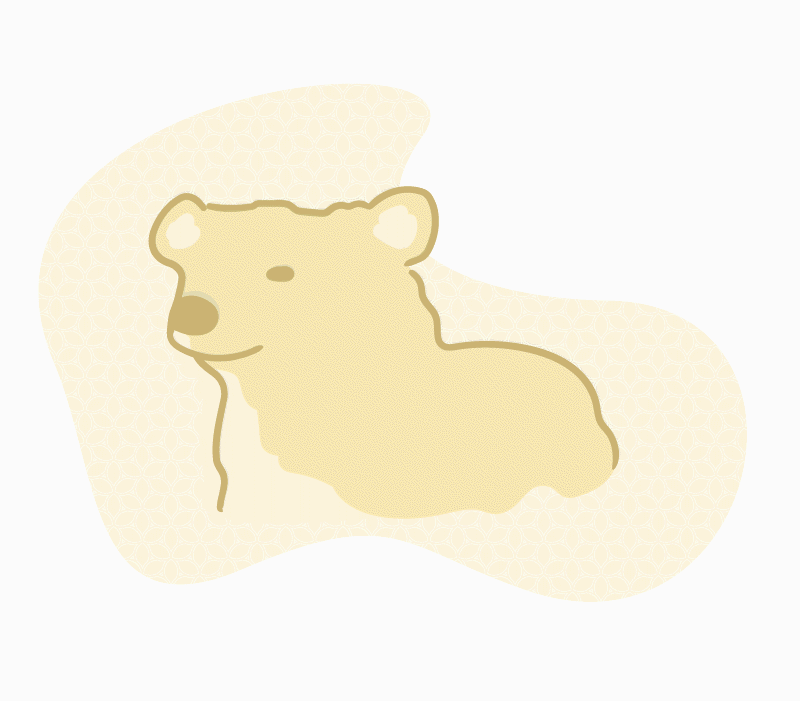
For the first time in 150 years, a brown bear was spotted in the Invernadeiro national park in northwest Spain earlier this year. A crew filming a movie in the region captured and released footage from their camera traps that showed the bear grazing and rubbing itself against tree trunks.
Brown bears have been a protected species in Spain since 1973 and, though they are still on Spain’s endangered species list, this sighting indicates that conservation efforts are paying off and that the population is beginning to rebound and grow.
Finally, Our Choice for 2020 Mascot—The Resilient Tardigrade (and Their Adventure on the Moon)
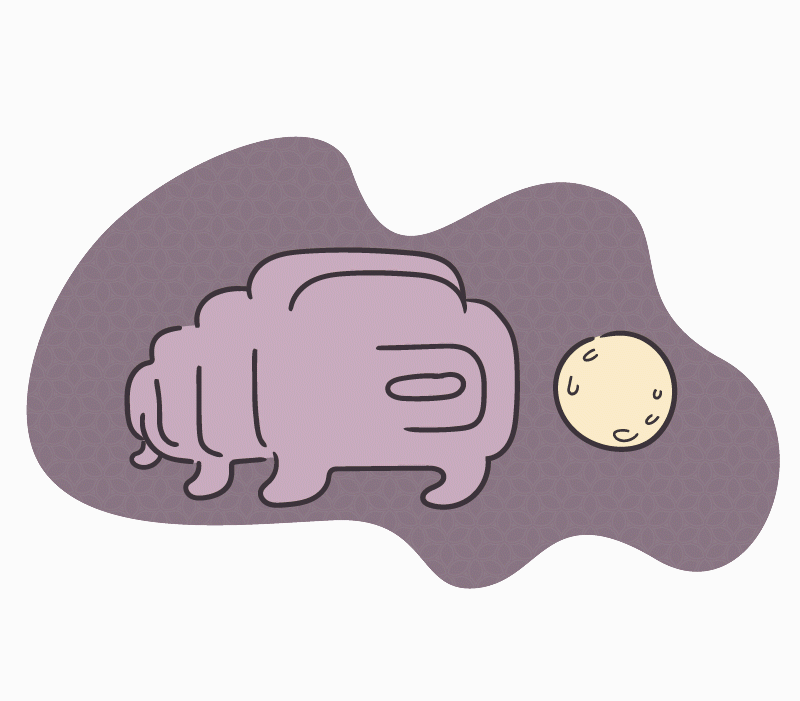
If ever there was a year that need a resilient mascot, 2020 has been it. And so we offer our choice for 2020 mascot: the tardigrade—and the story of their crash landing on the moon.
First, a bit about tardigrades (a.k.a. water bears, a.k.a moss piglets). Tardigrades are incredibly resilient. And by resilient, we mean almost indestructible. They have adapted to live in just about every environment from the Antarctic to the Himalayas. And although they all require water to grow and to reproduce, when the water disappears, some species enter a state of near dehydration called anhydrobiosis. In this metabolically inactive state, they can survive any number of extreme conditions including freezing (–273°C), extreme heat (~100°C), high doses of irradiation, immersion in organic solvents, and even the vacuum of space (2).
Did we say the vacuum of space? We did. And that brings us to April of this year when an Israel Aerospace Industries lunar Lander named Beresheet, carrying thousands of tardigrades crashed into the moon. The tardigrades were traveling in the anhydrobiosis state, and they can remain in this state for years. No one knows if any tardigrades survived the crash. If they did and they are in a location that is protected from UV light (their big weakness), the tardigrades on the moon could survive indefinitely. Someday maybe we will mount a rescue mission and recover them. If there are any that can be revived, they will be the ultimate example of resilience and survival from the year 2020.
Do you have one (or more) favorite non-pandemic stories for 2020? Tell us about it in the comments.
References
- Hernandez-Lallement, J. et al. (2020) Current Biol. 30, 949–61.e7.
- Hashimoto, T. and Kunieda, T. (2017) Life 7, 26.
Acknowledgements
Kelly Grooms, Sam Jackson, Natalie Larsen, Michael Stormberg and Aaron Wardell all contributed to this blog with support from Meghan Rollins.
Related Posts
Latest posts by Promega (see all)
- AI in the Research Lab: Where We Are, and Where We’re Going - April 9, 2024
- Blending Art and Science in a Costa Rica Physics Lab - February 8, 2024
- Elevate Your Research: Exploring the Power of 8-Dye STR Chemistry with the Spectrum Compact CE System - October 25, 2023
